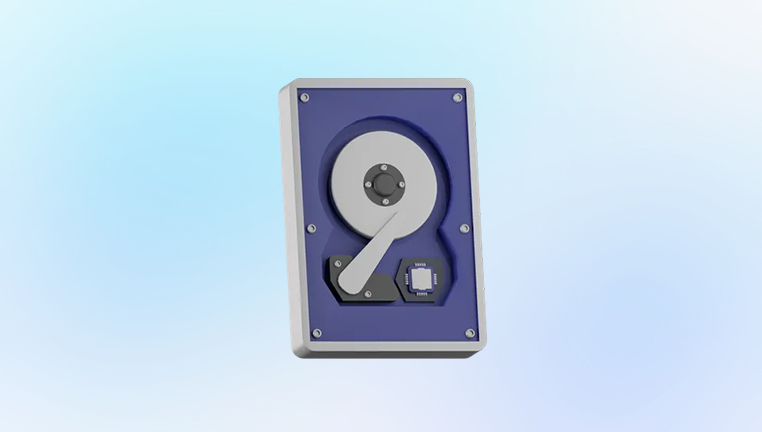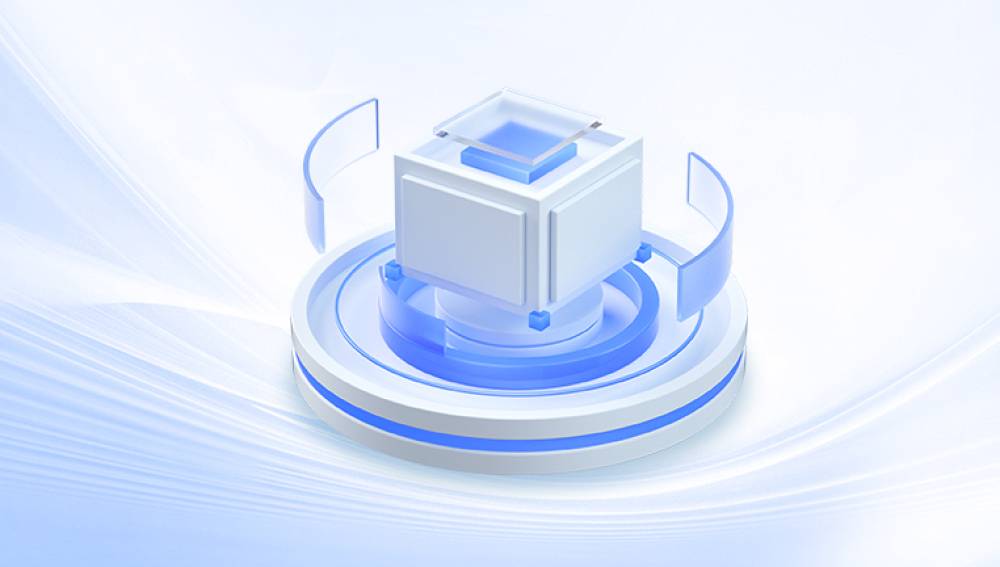The digital world is built on data. From priceless family photos to critical business documents, everything that matters in our lives often ends up stored on a hard drive. But what happens when that drive fails? In an area as tech-savvy and fast-paced as Orange County, California, a failed hard drive can mean anything from mild inconvenience to significant disaster. Fortunately, this region is home to a wealth of professional services designed to recover lost or inaccessible data efficiently and securely.
Why Hard Drives Fail
Hard drives, while reliable for the most part, are still mechanical or electronic devices that degrade over time or fail unexpectedly. Understanding how and why they fail is the first step toward successful recovery.

1. Physical Failures
These are the most catastrophic and usually involve hardware issues. They can be caused by:
Head crashes (where the read/write head touches the platter)
Motor or spindle failure
Circuit board malfunctions
Drops, shocks, or other physical trauma
Fire or water damage
2. Logical Failures
In these cases, the hardware works fine, but the data becomes inaccessible due to:
File system corruption
Malware or viruses
Accidental deletion or formatting
Partition table errors
Software crashes
3. Firmware Failures
Firmware is the software embedded in the drive that controls how it interacts with the computer. If corrupted, the drive may not be recognized or function properly.
4. Environmental Issues
Excessive heat, power surges, or exposure to moisture are common environmental factors, particularly relevant in regions with variable climates or older infrastructure.
Who Needs Hard Drive Recovery Services in Orange County?
Orange County is a tech-forward region that hosts a variety of individuals and industries dependent on digital storage.
Small Business Owners: Retailers, restaurants, and service providers often store customer records and financial data on local drives.
Tech Startups: The startup scene in OC often involves high volumes of digital information stored locally before being pushed to the cloud.
Creative Professionals: Videographers, photographers, and graphic designers store large raw files that can be lost in seconds.
Students and Educators: Schools and universities in Irvine and Fullerton see frequent student data loss from laptops or external drives.
Home Users: Everyday users store thousands of irreplaceable photos, videos, and documents that could vanish due to a malfunction or error.
What to Do Immediately After Data Loss
If you've lost access to your hard drive or accidentally deleted files, your actions in the first few minutes can determine whether your data can be recovered.
1. Stop Using the Drive
Immediately power down the device or safely eject the external hard drive. Any further activity could overwrite recoverable data.
2. Avoid DIY Recovery Tools
While some software tools are effective, using the wrong one or misapplying it can worsen the damage. Only use recovery software if you're sure the issue is logical and not physical.
3. Do Not Open the Drive
Opening a hard drive outside of a certified cleanroom exposes it to dust and particles that can irreversibly damage the platters.
4. Contact a Professional
Seek help from a local, experienced data recovery professional in Orange County to assess your situation.
Types of Drives and Recovery Techniques
Orange County’s recovery services handle a variety of drives, each with different recovery approaches.
1. HDD (Hard Disk Drive)
Traditional spinning disk drives are prone to mechanical failure. Recovery involves either cloning the drive for logical fixes or component replacement for physical issues.
2. SSD (Solid-State Drive)
Faster and more robust, SSDs fail differently. Recovery often involves complex chip-level data extraction, especially if the failure is electronic or firmware-related.
3. Hybrid Drives
Combining HDD and SSD technologies, hybrid drives pose unique recovery challenges that require both mechanical and electrical expertise.
4. External USB Drives
Often dropped or disconnected unsafely, these devices frequently suffer from USB controller board failures or corrupted file systems.
5. RAID and NAS Drives
Used in business settings, RAID arrays and network-attached storage devices require advanced knowledge to rebuild the system and extract data without further damage.
The Data Recovery Process in Orange County
While every case is unique, most hard drive recovery workflows in Orange County follow a general sequence of steps.
Step 1: Evaluation
Recovery begins with diagnostics to determine the cause and severity of failure. Technicians may use advanced software tools and hardware testing to assess:
Whether the drive spins or not
Presence of unusual sounds
Drive detection by BIOS or OS
Health of the file system
Step 2: Quotation
After diagnosis, a quote is provided. Costs depend on factors like drive type, damage extent, urgency, and recovery success probability.
Step 3: Recovery
Once approved, recovery begins. This can involve:
Replacing hardware components (in cleanroom environments)
Repairing logical file systems
Imaging the disk and recovering files from the clone
Rebuilding RAID configurations
Step 4: Data Verification
The client is given a list of recoverable files to review. This ensures that the most critical files are intact before delivery.
Step 5: Data Delivery
Recovered data is copied to a new storage medium (usually an external hard drive or USB stick) and delivered securely to the client.
Top Recovery Services in Orange County
When looking for a reputable recovery service, it’s important to choose professionals with experience, certification, and transparent practices. Key characteristics to look for:
Cleanroom Facilities: For physical recovery, the provider should have a certified cleanroom to prevent contamination of sensitive components.
Data Confidentiality: Choose a service with strict non-disclosure agreements and clear privacy protocols.
Free Diagnostics: Many reliable companies in Orange County offer no-cost initial assessments.
No Data, No Fee Policies: Avoid companies that charge even when no data is recovered.
Fast Turnaround Options: For emergencies, some labs offer 24–48 hour express services.
Cities with trusted recovery services include:
Irvine
Santa Ana
Anaheim
Costa Mesa
Huntington Beach
Costs of Hard Drive Recovery in Orange County
Pricing for data recovery varies based on complexity, urgency, and drive condition.
Typical Costs:
Logical failure recovery: $100–$500
Physical failure recovery: $600–$1800
SSD recovery: $500–$2000
RAID recovery: $1000–$3000+
Many providers offer tiered pricing:
Standard: 5–10 business days
Priority: 2–5 days
Emergency: Within 24 hours
Always ask for a written quote and clarify whether parts, diagnostics, and data delivery are included.
DIY Recovery: When Is It Safe?
If your drive is functioning normally but you’ve lost files due to deletion or formatting, DIY tools may help. Caution is essential:
Safe scenarios:
File deletion with no new data written to the drive
Accidental formatting
Non-system drive failures
Risky scenarios:
Clicking or grinding sounds from the drive
Water or fire damage
Drive not detected by BIOS or OS
If in doubt, consult a professional before attempting recovery. Many software tools can cause more harm than good if misused.
Data Privacy and Security in OC Recovery Labs
With sensitive data at stake, recovery labs in Orange County must operate with strong privacy protocols. Questions to ask before proceeding:
Will the provider sign a non-disclosure agreement?
How is recovered data stored and for how long?
Is customer data encrypted during transfer and storage?
Are employees background-checked?
Legitimate providers will have solid answers to these questions and a track record of trustworthy behavior.
Preventing Future Data Loss
While recovery options in Orange County are impressive, prevention remains the best strategy. Steps to avoid another data disaster:
1. Backup Regularly
Use the 3-2-1 rule: 3 copies of data, 2 on different media, and 1 off-site (such as the cloud).
2. Monitor Drive Health
Use tools like CrystalDiskInfo or SMART status monitors to track drive health over time.
3. Handle Hardware Carefully
Protect external drives from physical shock. Avoid stacking, overheating, or using old cables.
4. Use Surge Protectors
Sudden power cuts or surges can damage drive circuits. Invest in quality surge protection or a UPS.
5. Update and Protect Systems
Keep your OS, drivers, and antivirus updated. Use ransomware protection to guard against malicious encryption of your files.
6. Label Critical Drives
If managing multiple drives, label and document their use to avoid formatting or deleting the wrong one.
Business Continuity and Data Recovery
For businesses in Orange County, data loss can be a serious interruption. Local recovery providers often offer services geared toward enterprises:
RAID/NAS Server Recovery
Virtual Machine Recovery
Encrypted Drive Decryption
Compliance with HIPAA, GDPR, and SOC2
Dedicated account managers for corporate clients
Many data recovery centers work with IT departments to form business continuity plans and conduct recovery simulations to prepare for the worst.
Legal and Regulatory Considerations
Orange County businesses, especially those in healthcare, legal, or finance sectors, must adhere to strict data handling rules. Ensure your recovery provider can:
Handle encrypted drives without violating compliance policies
Provide chain-of-custody documentation
Securely dispose of damaged drives when needed
Comply with California’s Consumer Privacy Act (CCPA)
If unsure, consult a legal advisor familiar with California's data security laws before sharing sensitive media with a third party.




